By Jan Norr, PhD
Training requires strategic investments. I don’t just mean the funds required to provide development opportunities and resources. I’m also referring to the expertise the training team invests and, just as important, each learner’s investment of time and attention.
Unfortunately, many organizations fail to realize that without proper reinforcement most benefits of training are quickly lost. When this happens, the investments of all involved effectively go down the drain.
The good news is that, when properly leveraged, proven training reinforcement strategies can protect both your learners’ time and your organization’s financial investment by helping make learning stick.
The Cost of Forgetting
Scientists have long known that 70% of learned information is lost within the first 24 hours and 90% is lost after only a week. This finding is based on Hermann Ebbinghaus’s research into the mechanisms of forgetting, from which he developed the “forgetting curve.” First published in the late 19th century, his conclusions about forgetting have withstood the test of time and were replicated as recently as 2015.
It’s easy to see how the quick loss of information described by the forgetting curve significantly impacts companies invested in employee training. Consider that US companies spent approximately $92.3 billion on training in 2021 and, on average, employees spent nearly 64 hours of their time in training over that same year. Clearly, no company, trainer, or learner wants to lose this level of investment in just a week.
So, the question is: How do you make sure learning sticks?
Reinforcement: Last but Never Least
At Encompass, we use our proprietary iEAR® approach to learning to help our clients build and retain knowledge. This 4-stage learning journey involves introduction, Exploration, Application, and Reinforcement. The R in iEAR is a crucial component, because consistent reinforcements enable learners to overcome the forgetting curve, retain more information, and achieve the benefits that make investing in the training worthwhile.
It is important to note here, however, that not all reinforcement is alike—or equally effective. At Encompass, we rely on several strategies to increase the success of training reinforcement. Some of these include:
- Providing repeated exposure to information and opportunities for practice
- Equipping managers and leaders with tools that foster accountability while helping them pull through learning and behaviors
- Identifying opportunities to incorporate social learning
- Increasing relevancy of the information to the learner
- Ensuring the skills learned during training transfer to job performance
The success of these strategies increases when they are employed at regularly scheduled intervals and coupled with accountability measures. The more effective the training reinforcement is, the more likely the learner is to retain the knowledge gained during training and, consequently, improve their on-the-job performance and benefit the whole organization.
Encompass Solutions
Our foundational goal is to become true partners with our clients. We are committed to listening to your needs to develop customized solutions that will ensure your training:
- Becomes intrinsic, so the trained task is second nature to the learner when on the job
- Is applied and incorporated into the learners’ performance, rather than fading out once the workshop is over
- Leads to improved organizational outcomes, benefiting both the individual and the organization
Our team has a long record of creating—and helping deploy—reinforcement resources that best meet our partners’ needs, including:
- Gamified strategies proven to improve recall and recognition
- Coaching guides and toolkits that ensure managers and leaders understand how best to provide reinforcements to their team
- Social learning guides that enable learners to continue to practice and refine their skills
- Regular communications designed to create an ongoing, ingrained culture of learning
These are just a few of our reinforcement offerings. We are constantly innovating training reinforcements and customizing them for the training at hand. Contact us and discover how we can protect your training investment by ensuring that learning sticks!
________
Jan Norr, PhD, has practiced instructional design for more than 20 years. Her experience includes creating training protocols for canine olfactory studies, training programs for personal fitness coaches, and workshops for corporate clients. Jan is a professor at the University of North Carolina at Wilmington, where she teaches online and traditional courses on topics such as drug use, health psychology, experimental psychology, and applied behavior analysis. She earned a doctorate in the experimental analysis of behavior from Auburn University.


